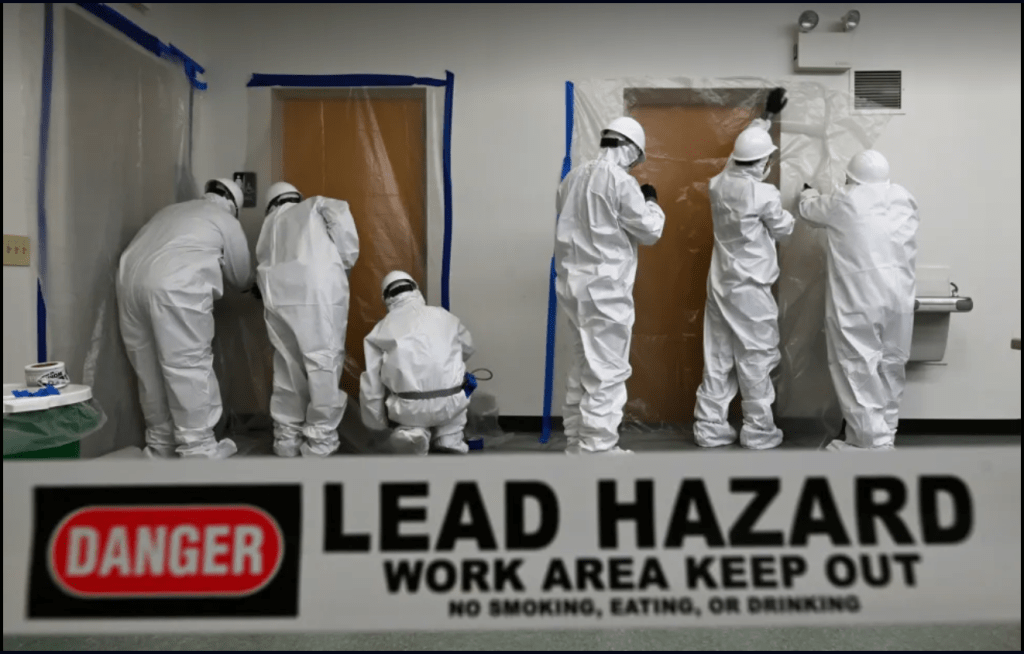
If you suspect your home might have lead paint, it’s important to take action. Lead paint can be harmful, especially to young children and pregnant women. This article provides guidance on how to handle the situation responsibly by highlighting what actions you should and shouldn’t take.
Assessing the Situation:
Before you jump into action, it’s crucial to confirm whether your home indeed has lead paint. If your house was built before 1978, there’s a higher chance of lead-based paint being used. You can purchase lead test kits from hardware stores or hire a professional to test for lead presence.
What to Do:
- Stay Informed: Educate yourself about lead hazards, its risks, and safe handling procedures.
- Leave Intact: If the lead paint is in good condition and not deteriorating, leaving it alone might be the best option to avoid releasing lead dust.
- Keep Clean: Regularly clean surfaces with a damp cloth to prevent dust buildup.
- Encapsulate or Enclose: If lead paint is in good shape, you can cover it with a sturdy material (encapsulation) or seal it off (enclosure) to prevent contact.
What NOT to Do:
- Don’t Sand or Dry Scrape: Sanding or scraping lead paint can release toxic dust and fumes into the air, which can be harmful when inhaled.
- Avoid Open Flames: Using open flames for paint removal can create hazardous lead fumes.
- Don’t Power Wash: Power washing can spread lead paint chips and dust, contaminating a larger area.
- No High-Speed Grinding: Grinding at high speeds can create lead dust that’s easily inhaled.
- Avoid DIY Removal: Removing lead paint is best left to professionals who are trained in safe removal methods.
Hiring Professionals:
If you decide to remove lead paint, it’s essential to hire certified professionals who specialize in lead abatement. These experts have the training and equipment to safely remove lead paint without endangering your health or the environment.
Protecting Your Family:
If you have young children or pregnant women in the house, taking immediate action to address lead paint hazards is vital. Lead exposure can lead to serious health problems, including developmental issues, so it’s crucial to prioritize safety.
Renovation Precautions:
If you’re planning renovations in a home with lead paint, take extra precautions. Ensure the work area is sealed off, use protective equipment, and follow safe work practices to prevent lead dust from spreading.
Conclusion:
Dealing with the possibility of lead paint in your home requires a responsible and informed approach. Taking the right steps to assess the situation, hiring professionals if necessary, and following safe practices can protect your family’s health and well-being. Remember, by acting responsibly, you’re not only safeguarding your loved ones but also contributing to a healthier living environment.
Reference Link: https://www.cdc.gov/niosh/topics/lead/preventconstruction.html
